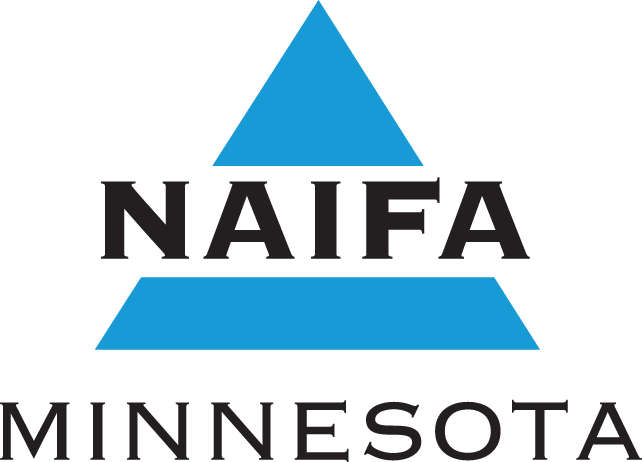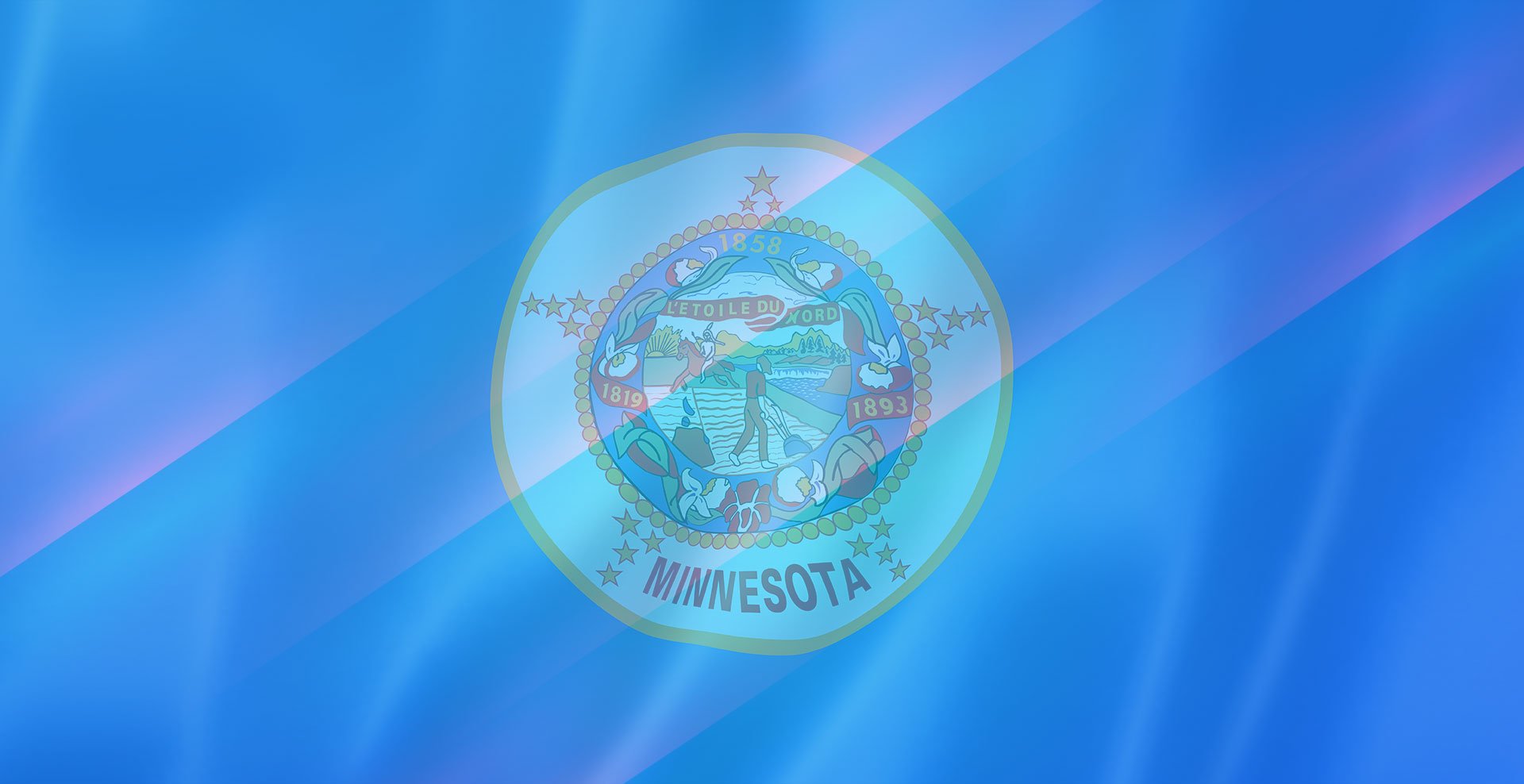Here in Minnesota, a multi-million dollar cash advantage combined with a more sophisticated data and get-out-the-vote system and a strong pro-choice message created a blue wave that gave the DFL control of the Governor’s office, the Senate and the House for the first time since 2014. This means the DFL can set and pass an agenda without having to compromise with Republicans. The fights in St. Paul will now be between a progressive Senate and House and a liberal Governor to their Right.
As in recent statewide elections, massive DFL vote totals in the Twin Cities swamped Republican voters in out-state Minnesota. Republican Scott Jensen carried 74 counties, but DFLer Tim Walz carried the 13 counties where the votes are. The realignment of rural versus Metro continued with the DFL losing 3 seats on the Iron Range, but gaining seats in the Legislature because of 5 suburban pickups in the Twin Cities.
Key results from the approximately 2.4 million votes cast:
- All statewide DFL office holders – Governor (192,399 vote margin), AG (20,869 vote margin), Secretary of State (225,740 vote margin) and Auditor (8,483 votes– were reelected despite polls within the last week showing several were behind
- The DFL maintained control of the State House with a 70-64 seat margin
- The DFL took control of the State Senate 34-33 – a one seat margin
- U.S. Representative Angie Craig won reelection in one of the most expensive House races in the country
Three incumbent House DFL members lost – all from Northeastern Minnesota -- Rob Ecklund, Mary Murphy and Julie Sandstede. Four incumbent suburban House Republicans lost – John Heinrich, Don Raleigh, Greg Boe and Erik Mortenson. St. Peter 1st term Repbublican Susan Akland also lost. The Ecklund and Murphy seats face mandatory recounts because of the slim margins -- 37 votes in the Ecklund race and 35 votes in the Murphy race.
There will be 46 new Representatives next session – 27 Republicans and 19 DFLers. This is 34% of the House. Two incoming DFLers – Jerry Newton and Brad Tabke – are former House members.
Roger Chamberlain was the only incumbent Senate Republican to lose.
There will be 24 new Senators next session – 37% of the Senate. This includes 10 new Republican Senators, 6 of whom are moving up from the House. It also includes 14 new DFL Senators, 5 of whom are moving up from the House. Incumbent Republican Jim Abeler faces a recount because of his narrow 186 vote win.
The House and Senate DFL caucuses will meet tomorrow to elect their leaders. Speaker Hortman is expected to be reelected. Several Senators are vying to lead the Senate DFL caucus. The Republican caucuses will also be meeting soon to decide if they want to keep or change their leaders.
The two bodies also need to decide if they will keep the current committee structures as well as appoint new HHS committee Chairs and members. The Chairs are expected to be appointed by Thanksgiving. The final Committee assignments aren't expected until December.
What will come out of the 2023 session? Expect to see:
- tax increases on top earners;
- more spending for K-12 education and social services;
- legalization of recreational cannabis;
- putting abortion access into state statute;
- tougher environmental standards;
- anti-drug company initiatives; and
- criminal justice reform.









